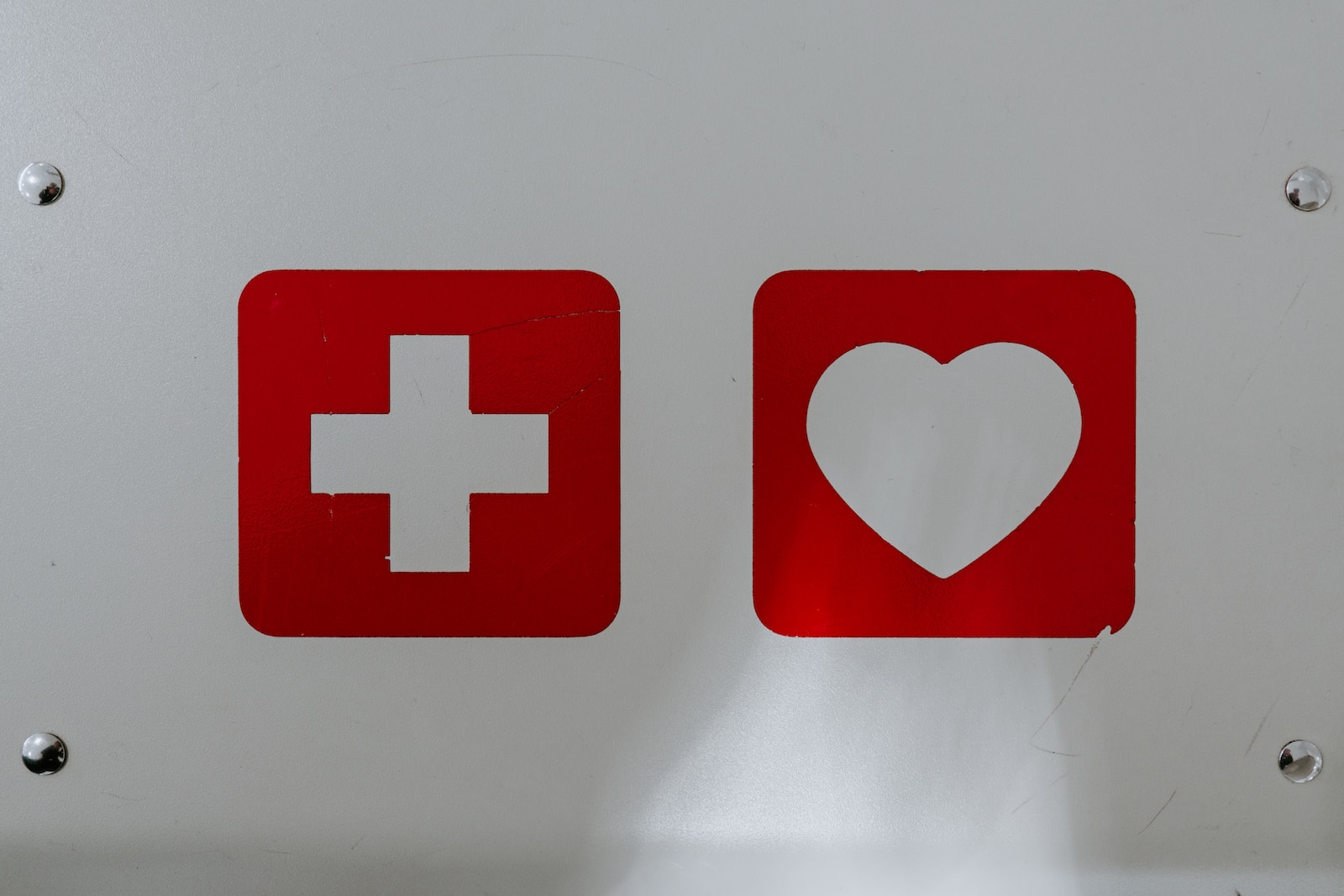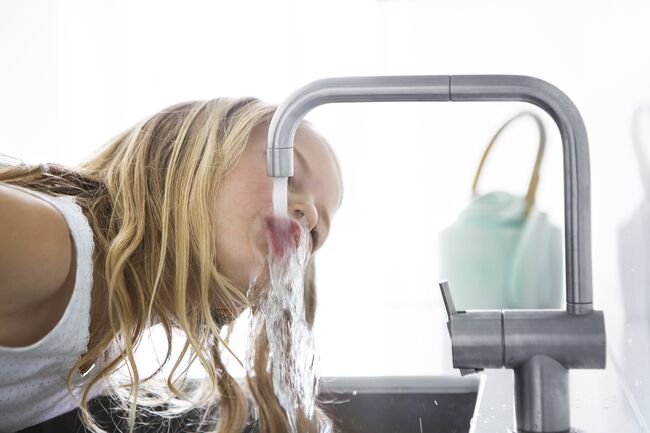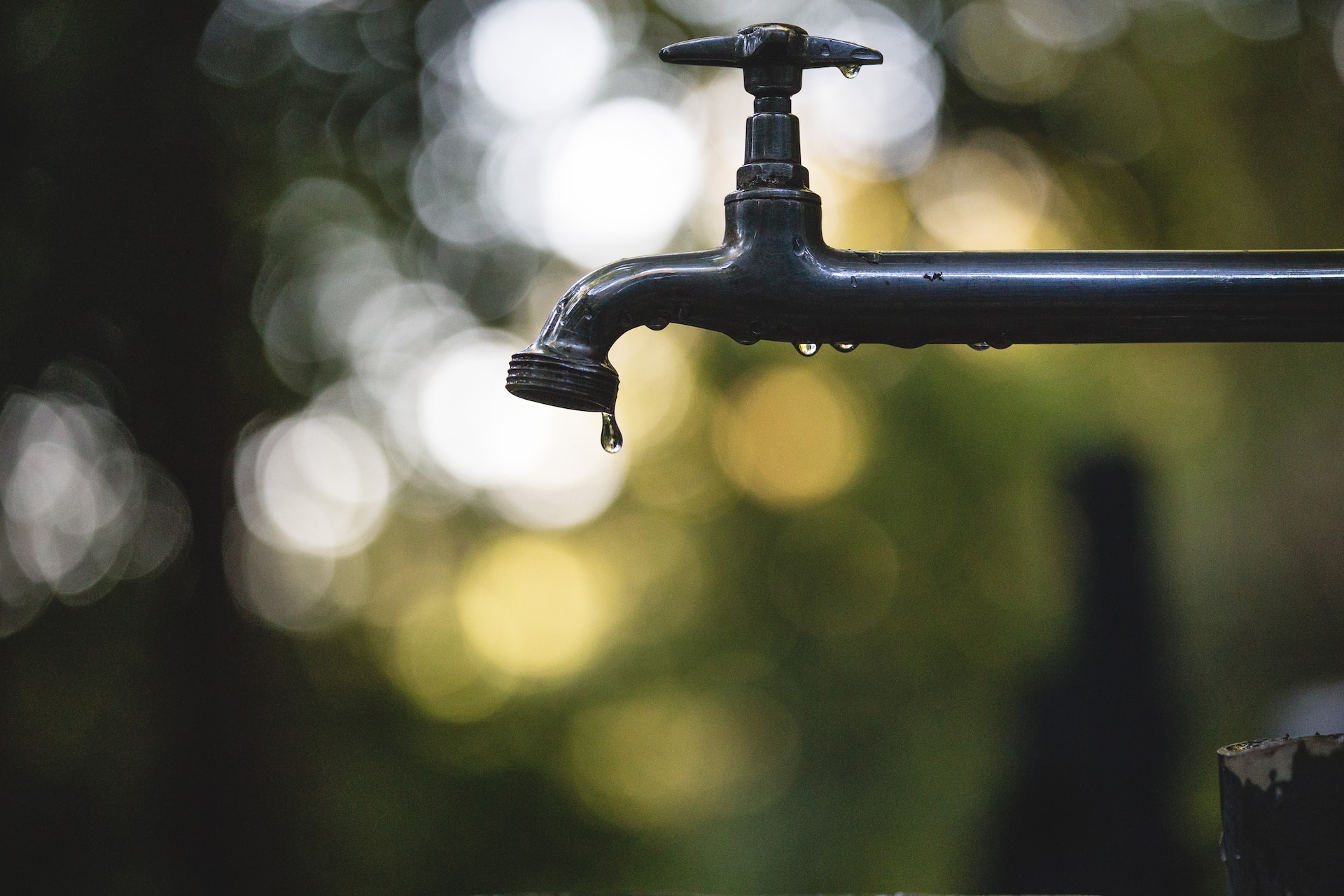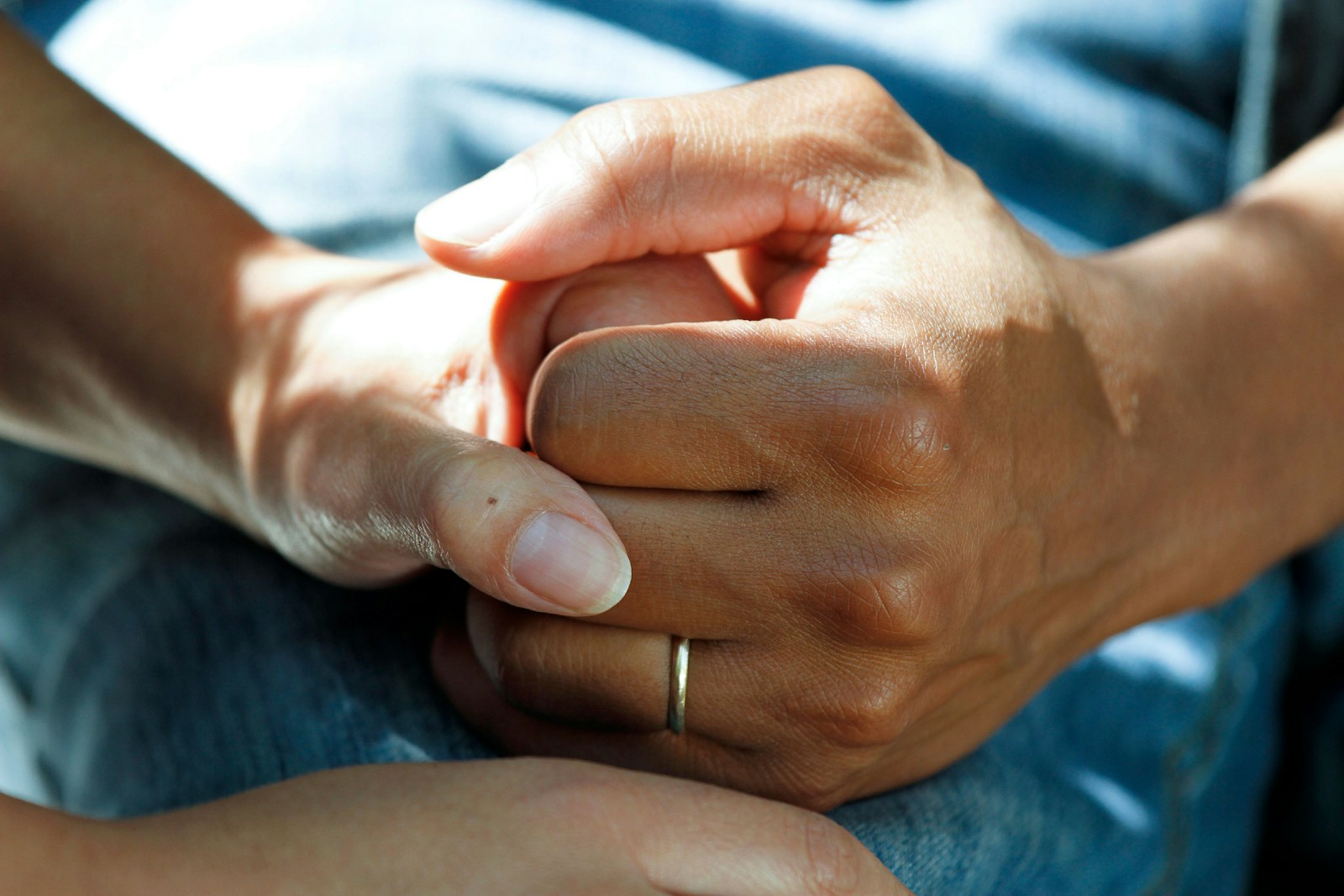Being prepared for medical emergencies is critical for health professionals. Having the right supplies on hand can make all the difference during a crisis. This article outlines six essential categories of medical supplies to have ready for emergency situations. Understanding what is needed and why will help medical specialists stock up on the most vital tools and medications ahead of time. Preparing emergency medical supplies and learning how to use them properly will lead to more positive outcomes when every second counts.
Basic First Aid Supplies
Medical kits equipped for basic first aid allow health professionals to treat minor injuries and stabilize patients until more advanced care is available. First aid kits should include bandages, gauze, tape, antiseptic wipes, antibiotic ointment, latex gloves, trauma shears, cold packs, and a first aid instruction guide. These supplies can treat cuts, bruises, sprains, and other common injuries. Having them prepared in an organized kit saves precious time searching for what is needed. First aid kits also often contain medications like aspirin, antihistamines, antacids, and laxatives which can temporarily alleviate symptoms until a diagnosis is made. The ability to instantly provide basic treatment and pain relief greatly improves the comfort of patients in emergency scenarios. Properly stocked first aid kids are inexpensive, easy to use, and essential for handling minor medical issues.
First aid supplies should be checked and restocked regularly to ensure products are not expired. It helps to have multiple kits – in emergency vehicles, nurse stations, waiting rooms, and other accessible locations – using proper packaging solutions for medicine to keep supplies organized and protected. Being ready to deliver immediate basic care, pain relief, and wound treatment can stabilize patients during crises and outbreaks when medical resources are stretched thin. The quick response first aid kits allow sets the foundation for quality emergency care.
Medical Tools and Equipment
Having reliable medical tools available is vital for providing accurate diagnoses and proper treatment during emergencies. Stethoscopes, blood pressure cuffs, reflex hammers, penlights, and thermometers allow health professionals to assess patients and identify health issues. Scalpels, tweezers, scissors, and other instruments may be needed for procedures or minor surgeries. Items like tongue depressors, cotton swabs, containers, and biohazard bags are essential for safely collecting samples for testing. Diagnostic equipment like glucometers and pulse oximeters help detect specific health conditions. Frontline medical specialists should also have insulated bags, ice packs, and coolers to store medications and samples for transport.
Quality durable tools and equipment stand up to heavy use in crisis situations. Focus on stocking well-made stainless steel instruments from reputable brands. Have back-ups available in case equipment gets damaged or contaminated. Make sure batteries are fresh in any powered devices. Organization is also key – tools kept in labeled cases and kits are rapidly accessible. Following established safety protocols and manufacturer cleaning instructions keeps medical equipment sterilized and functioning properly during continuous emergent use. Having the right tools in reliable working order allows for accurate patient assessments and interventions when time is critical.
Wound Care Supplies
Treating injuries is essential during medical crises – stocking wound care supplies can save lives. Basic wound care includes sterile gauze, bandages, adhesive tape, antiseptic solutions, antibiotic ointment, cotton-tipped applicators, wound wash saline, suture kits, staplers, scalpels, and scissors. These supplies clean, protect, and close lacerations, burns, abrasions, and puncture wounds. Advanced wound treatments like dressings, skin closures, and negative pressure therapy devices help manage severe or surgical wounds. Other wound care items are non-stick pads, wound packing strips, haemostatic agents, skin glue, and wound drainage pouches. Having a full range of options allows proper treatment for minor to complex wounds needing multi-layered dressings and ongoing irrigation.
Wound care stock should include various bandage sizes, gauze pads and rolls, adhesive tape widths, skin closures, and suture materials – to handle injuries on all parts of the body. Remember supplies like irrigation syringes, gloves, gowns and dressings for maintaining sterile fields when changing wound dressings. Wound treatments are essential to prevent bleeding, infections, and other complications after injuries. Disinfecting and securely covering wounds also protects overall community health during outbreaks. Obtaining quality wound care supplies and proper training in advanced wound management prepares medical specialists to expertly treat the inevitable injuries that accompany disasters and crises.
Medications and IV Fluids
Stocking critical medications and intravenous fluids provides life-saving treatment options during emergencies when hospitals and pharmacies may be closed or inaccessible. Essential emergency drugs include analgesics, sedatives, anti-inflammatories, antibiotics, antidotes, anticonvulsants, bronchodilators, medications for anaphylaxis, antiemetics, cardiovascular drugs like aspirin and nitroglycerin, insulin, oral rehydration salts, electrolyte solutions, and glucagon. These allow treatment for pain, infections, poisoning, seizures, allergic reactions, heart conditions, diabetes, dehydration, shock, respiratory issues, drug overdoses, and other urgent needs.
IV fluids like normal saline, dextrose, Ringer’s Lactate and electrolyte solutions replenish fluids and restore blood volume for patients in shock and trauma. Having reliable access to these life-preserving medications and IV solutions reduces preventable deaths during mass casualty incidents and outbreaks. The supplies should be continuously replenished and medications rotated to ensure they do not expire. Proper storage conditions must be maintained, especially for medications requiring refrigeration. With training in emergency drug protocols, these preparations empower medical teams to immediately administer appropriate pharmacologic interventions when seconds make a difference between life and death.
Personal Protective Equipment
Personal protective equipment (PPE) safeguards the health of medical teams during emergencies involving contagious illnesses, toxic exposures, and contaminated environments. Different hazards require specific PPE – for example, N95 respirators, surgical masks, face shields, gowns, gloves, and hazmat suits. Ample supplies of appropriate PPE should be stocked in a range of sizes. Healthcare workers must be correctly fitted and trained in proper donning, doffing and disposal to avoid transmission. Powered air-purifying respirators (PAPRs) provide high-level respiratory protection during aerosol-generating procedures. Eye protection, boot covers, head covers, and shoe covers provide full-body protection when needed. Medical teams also need heavy duty outerwear for harsh emergency conditions along with reflective safety vests and helmets.
PPE preserves the health and safety of healthcare workers to keep personnel losses from impacting emergency response capabilities. Contaminated PPE must be safely removed and disposed of without cross-contamination. Having sufficient reserves of PPE, substituting alternatives when supplies run low, and following protocols to maximize PPE lifespan helps maintain response efforts. Keeping hands sanitized before and after each patient contact further reduces disease transmission. Stocking effective PPE and ensuring proper use limits the spread of illness – protecting both medical teams and vulnerable patients they care for during public health crises.
Oxygen, Airway, and Ventilation Equipment
Respiratory emergencies are common during disasters – stocking oxygen, airway devices, and ventilation equipment saves lives. High flow oxygen setups with compressed tanks, regulators, tubing and masks provide rapid support for hypoxic patients. Bag valve mask resuscitators serve as temporary ventilators. Advanced airway tools like nasopharyngeal or oropharyngeal airways, laryngoscopes, endotracheal tubes, surgical cricothyrotomy sets and chest decompression needles allow airway establishment and ventilation of non-breathing patients. Mechanical ventilators are essential for longer-term respiratory support. Suction units keep airways clear of obstructions. Oxygen saturation monitors help titrate therapy.
Having reliable respiratory equipment reduces preventable deaths from injuries, smoke inhalation, and infectious diseases damaging lungs. All staff should be trained on proper use and maintenance of oxygen equipment – from safe handling of compressed tanks to setting flow rates. Refreshers ensure personnel remain comfortable with advanced airway techniques like intubation which can seem daunting after years of non-use. Malfunctioning equipment must be immediately troubleshooted or replaced. Working ventilation tools and skill at emergency breathing assistance provides the oxygenation needed to keep patients stable until definitive care is available.
Conclusion
Emergency preparedness is crucial for health professionals to provide quality care during crises when resources are limited. Stocking essential supplies allows treatment and stabilization of patients. Personnel must expertly utilize stockpiled medical materials and regularly practice emergency protocols to ensure a rapid, skilled response. With ample supplies and training, medical teams can make a real difference in chaotic environments. Proactive preparedness enables the best emergency care.







